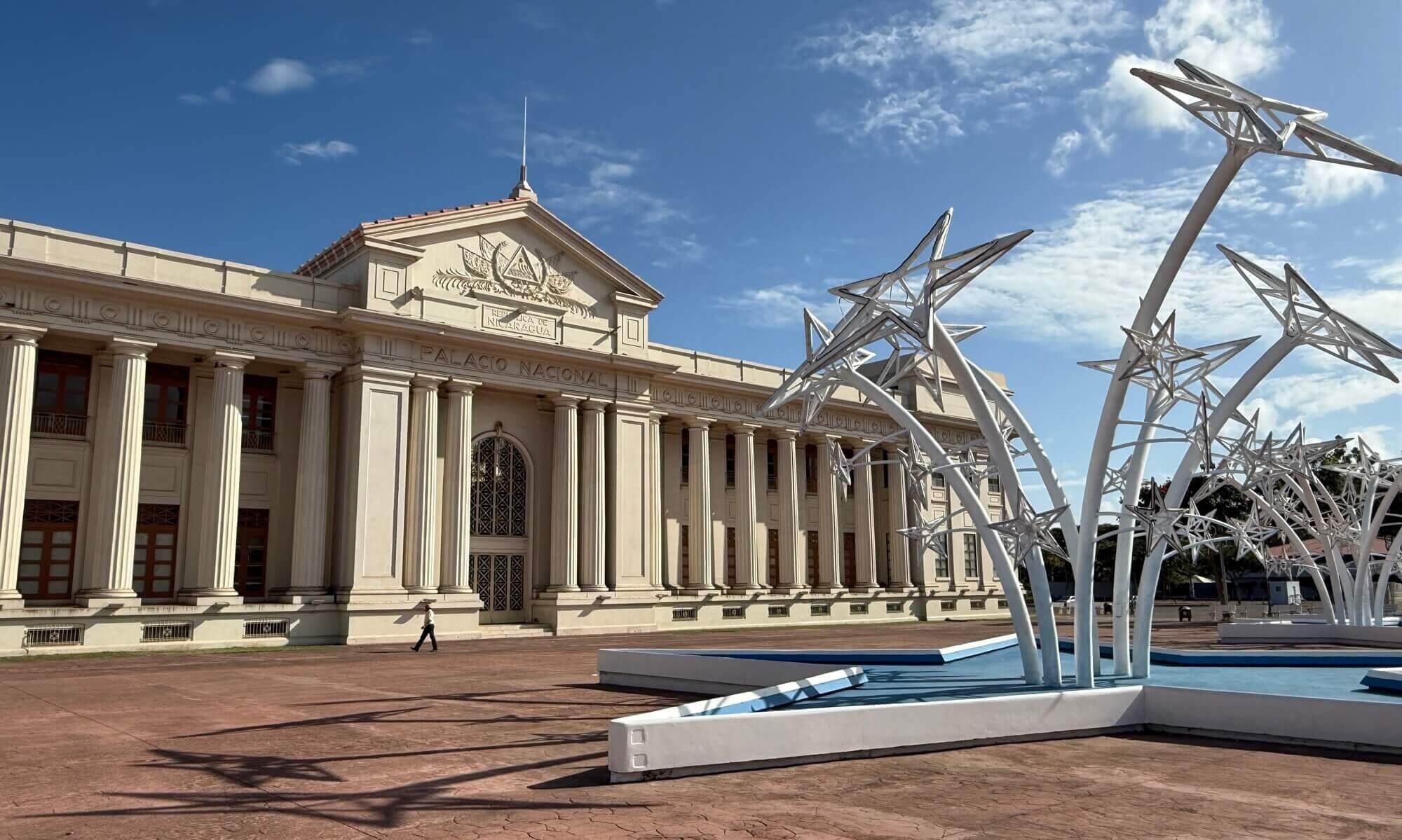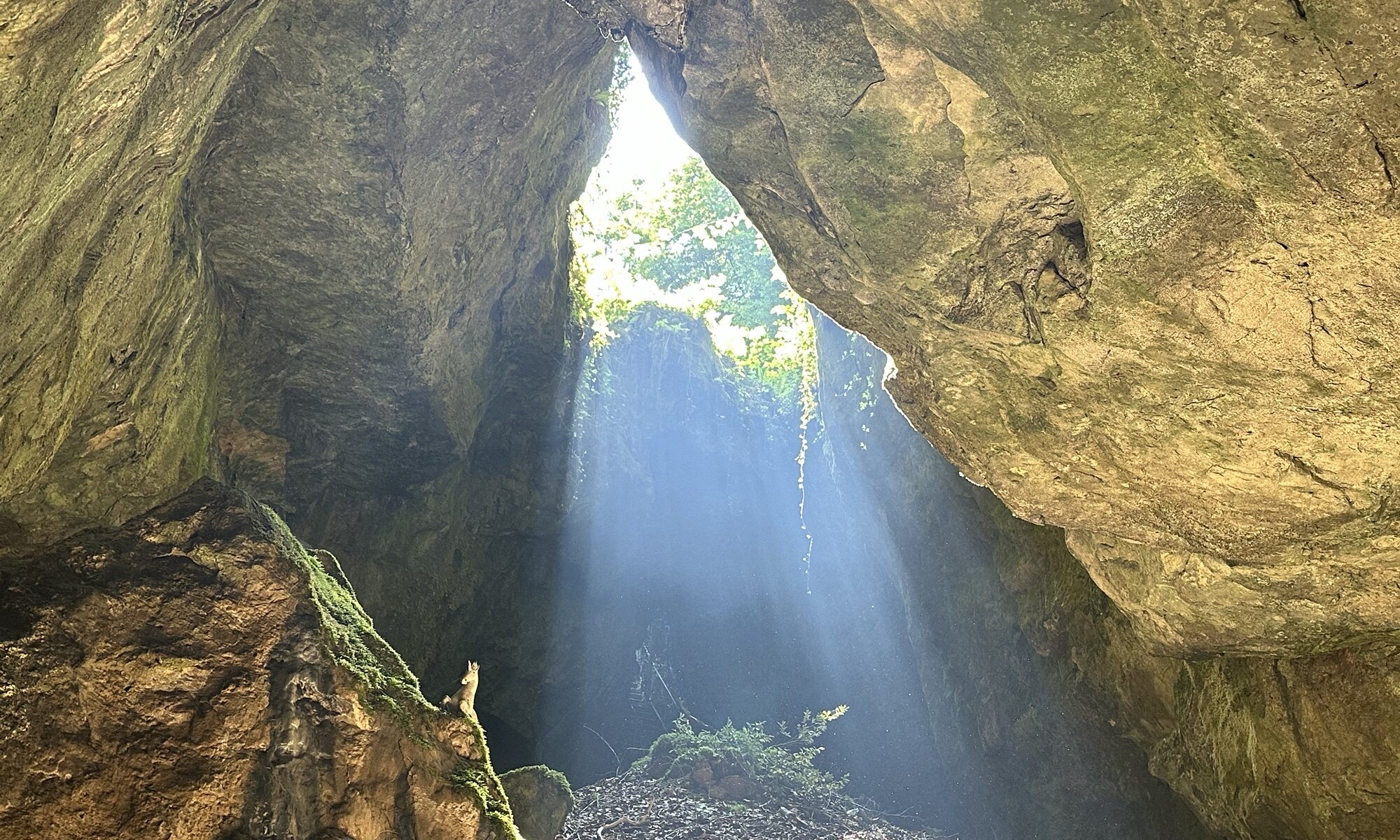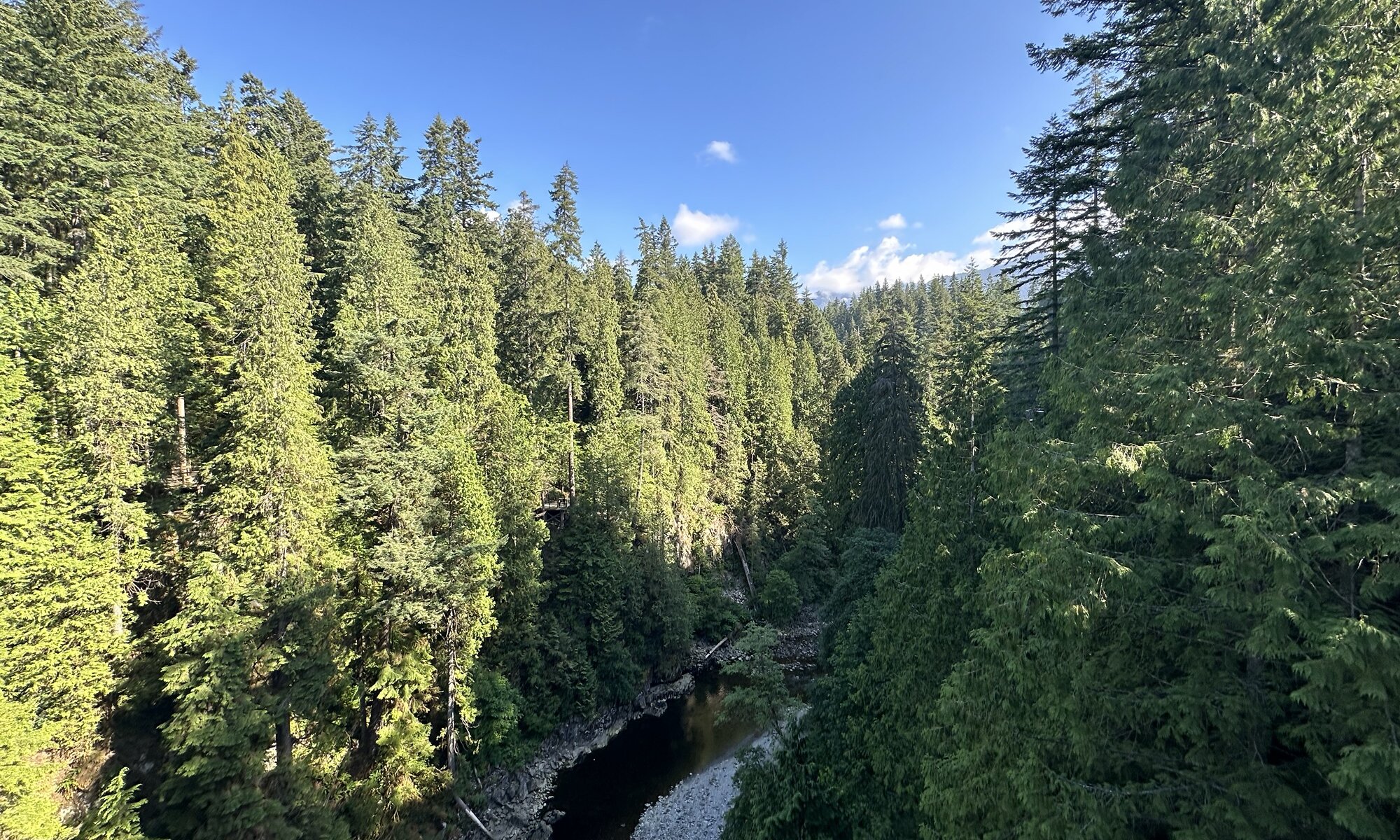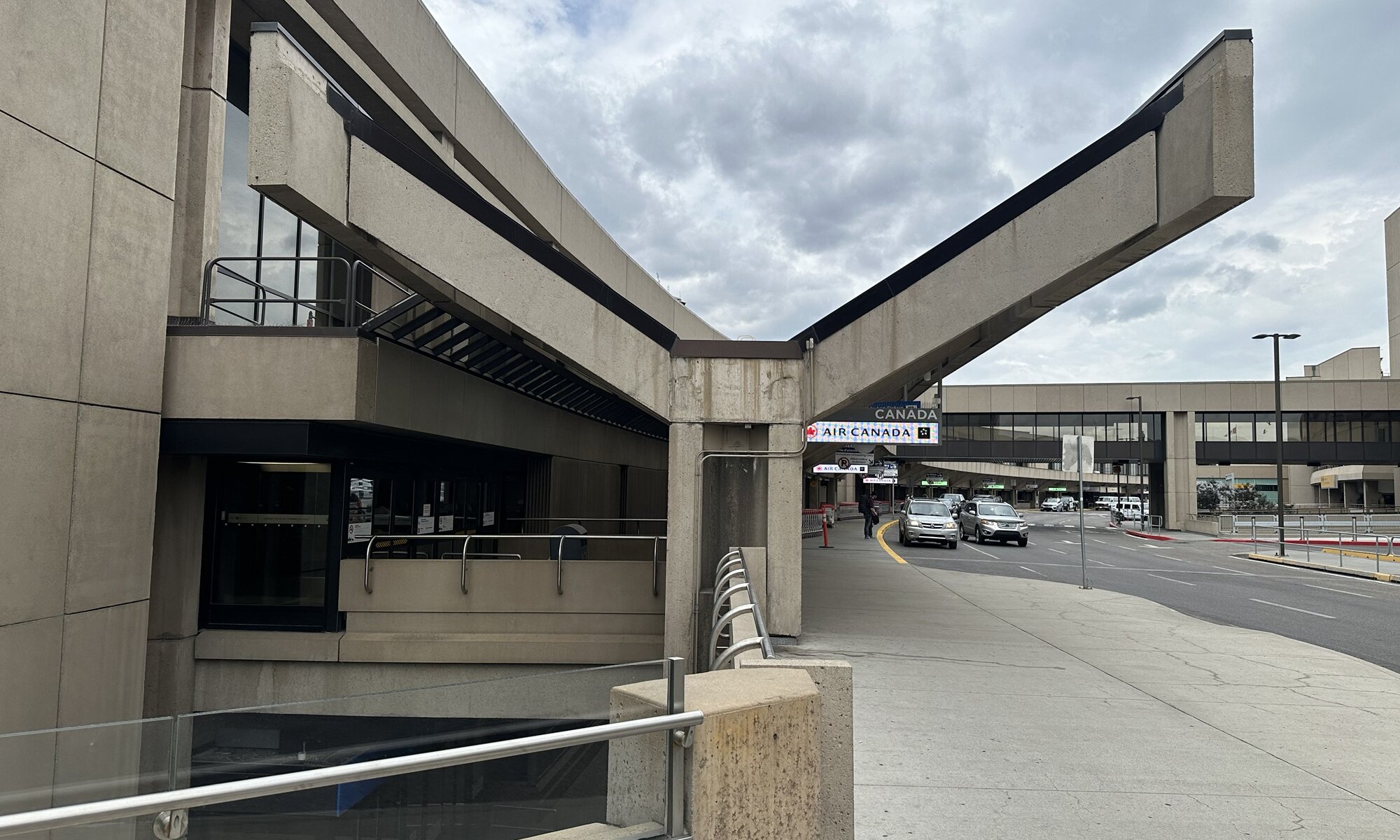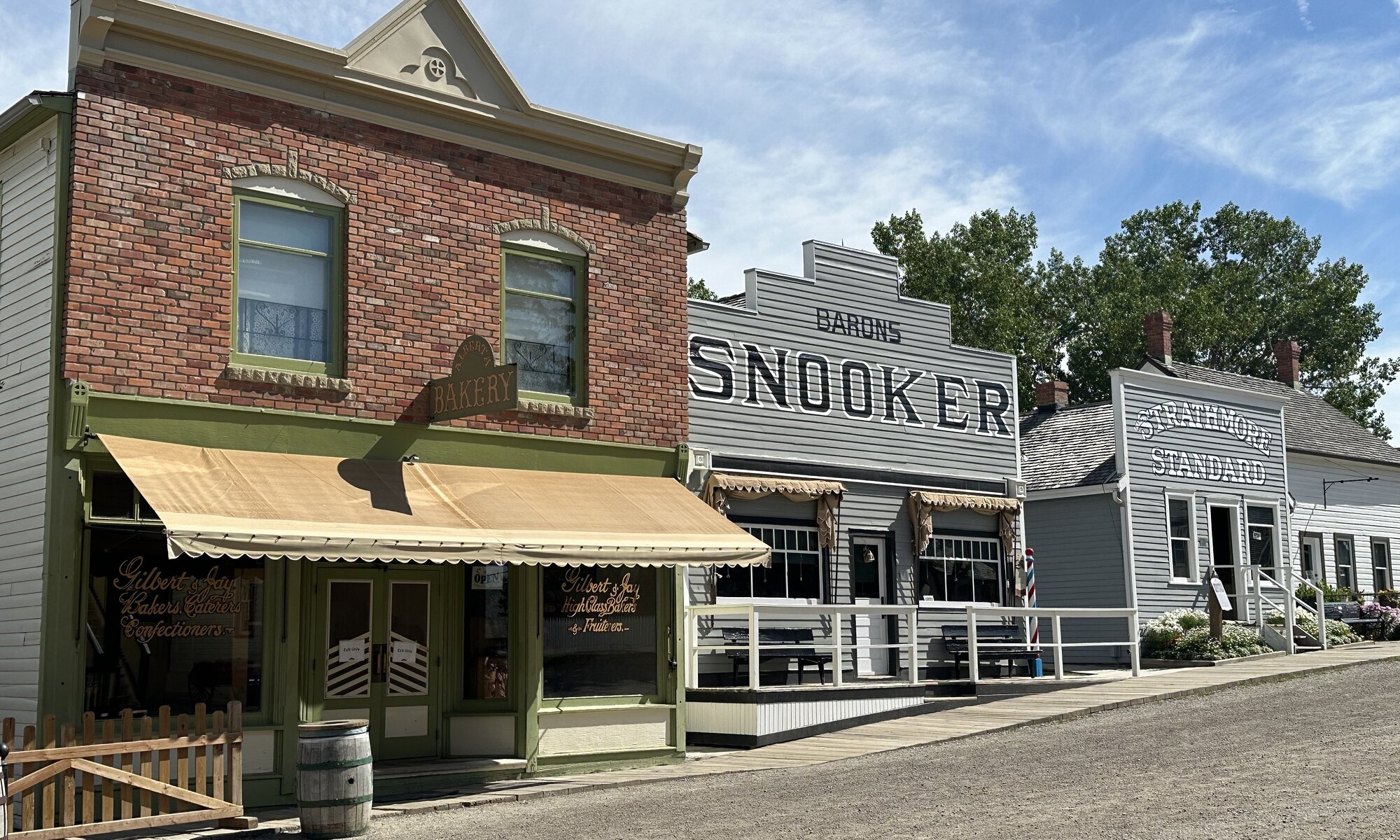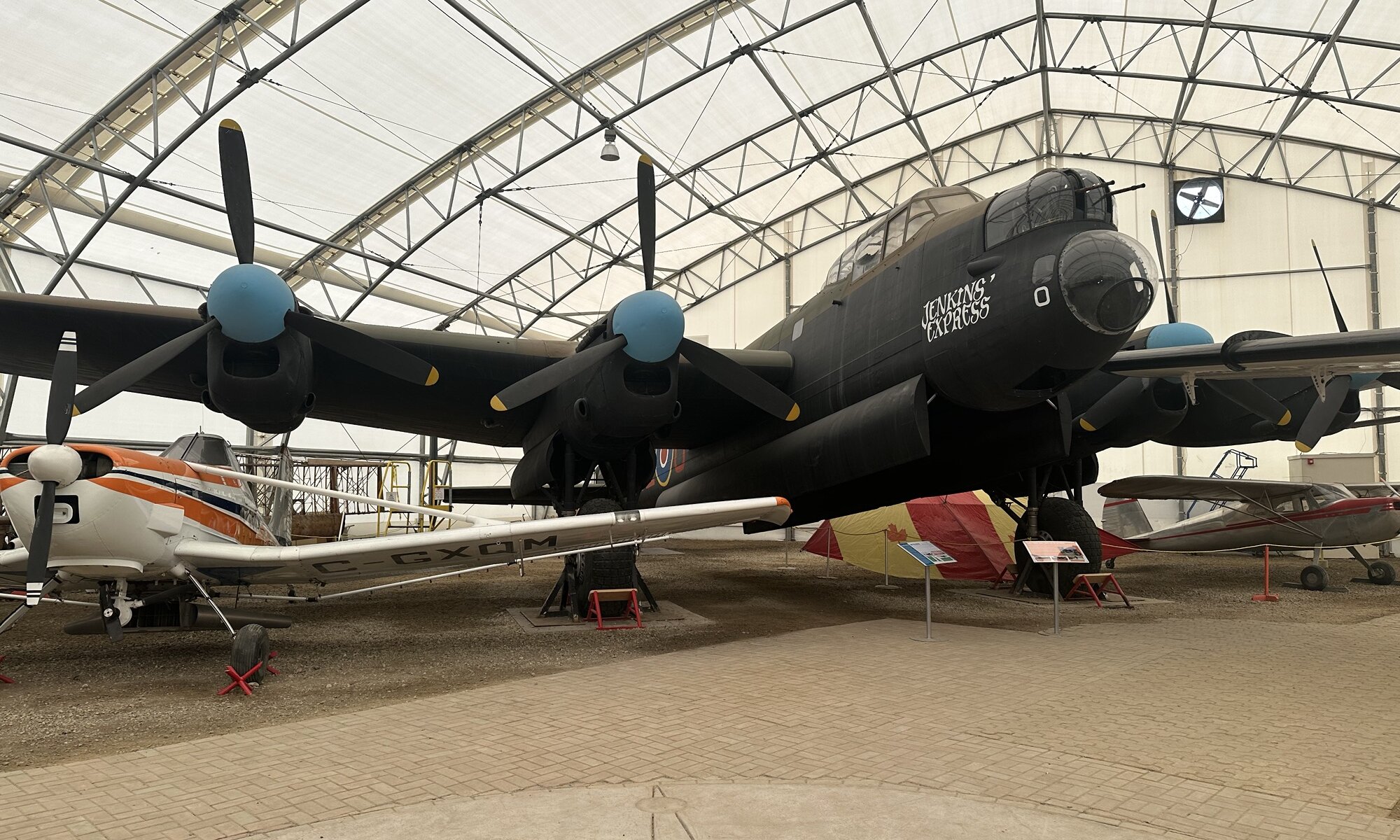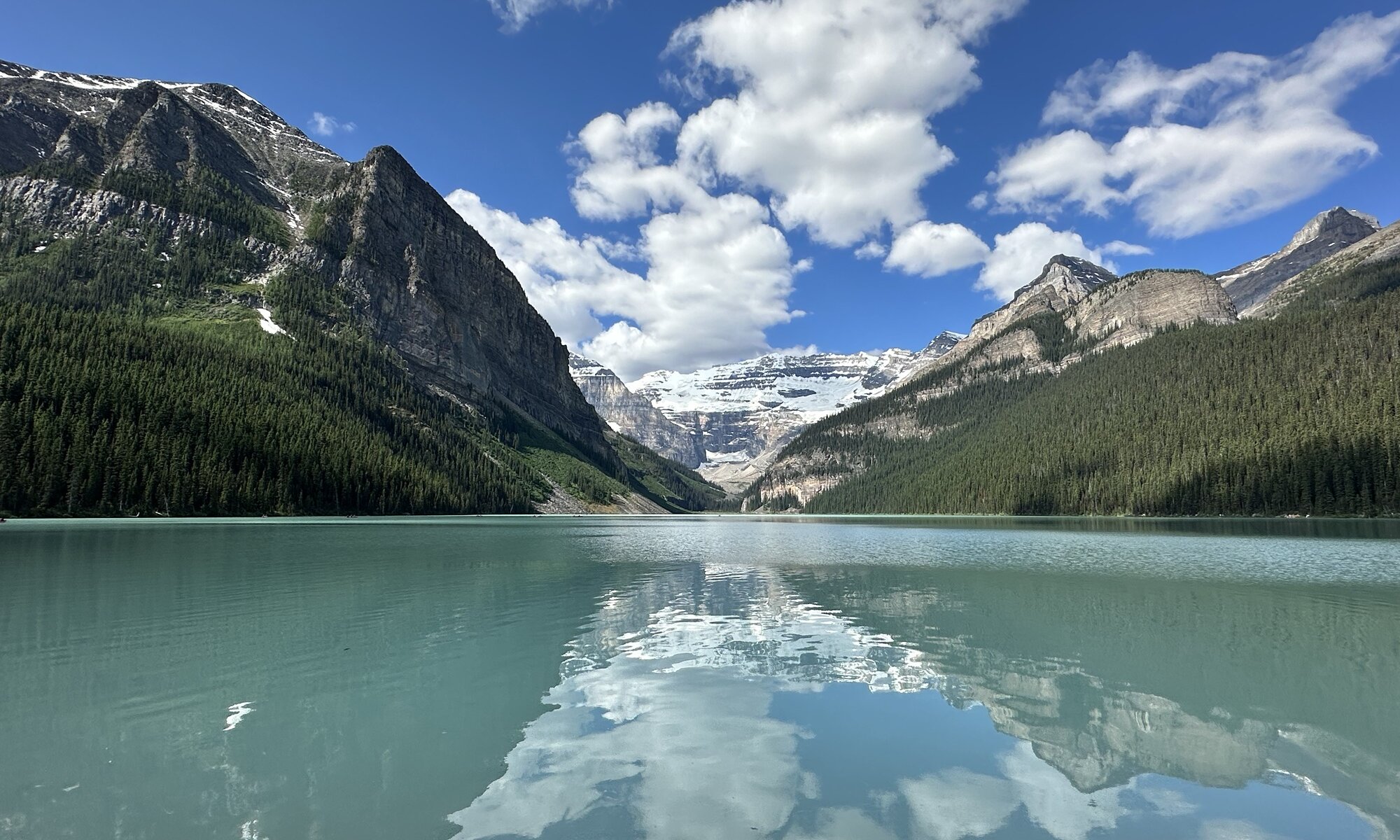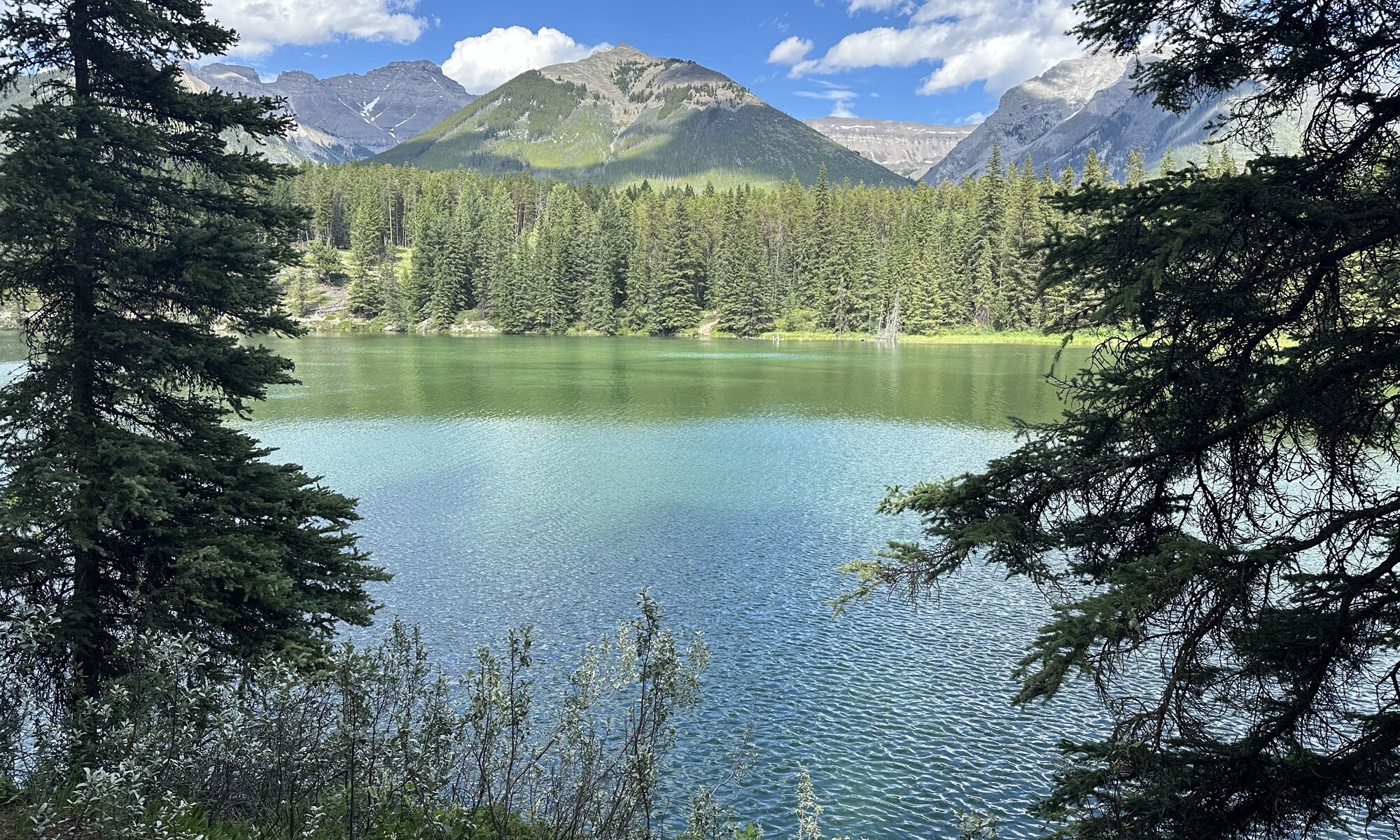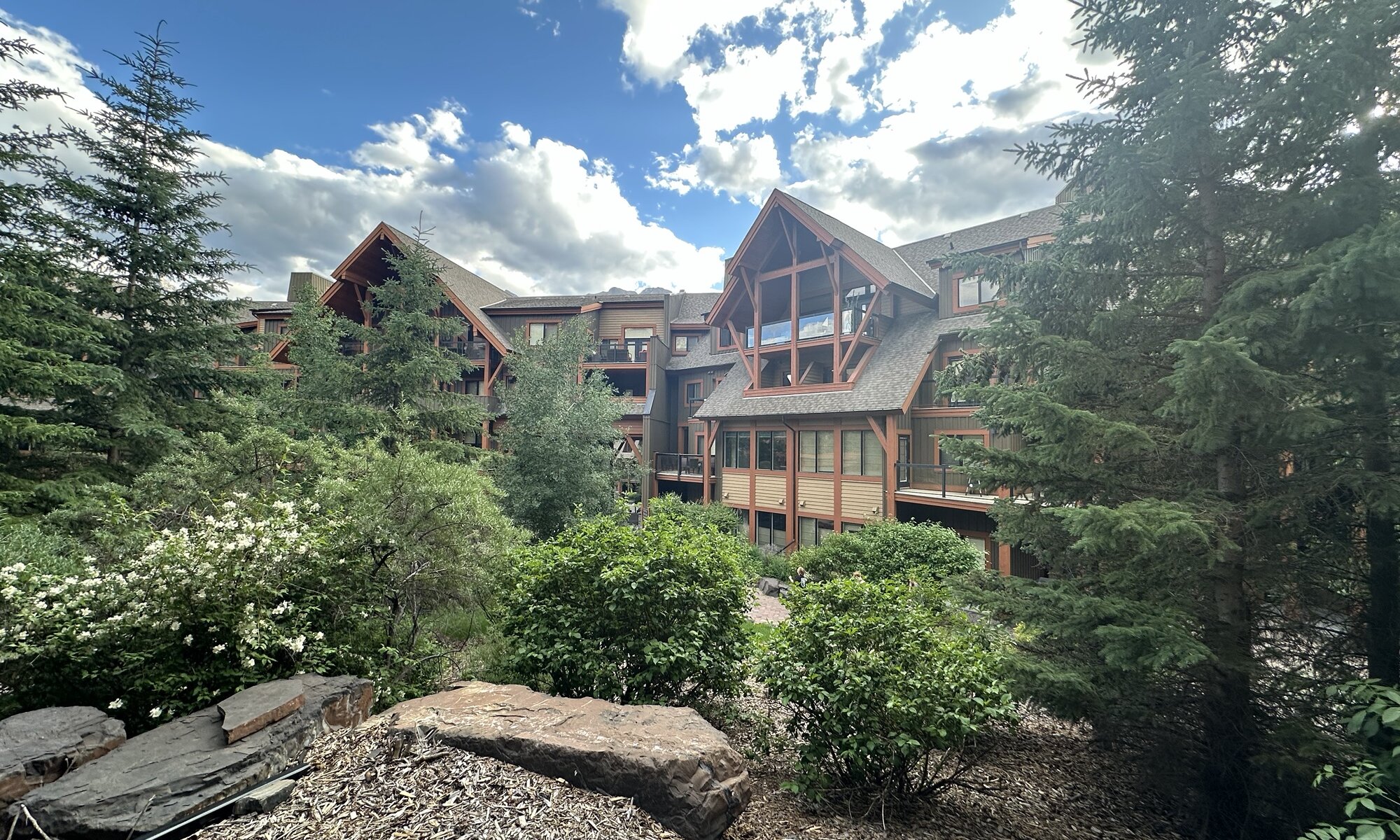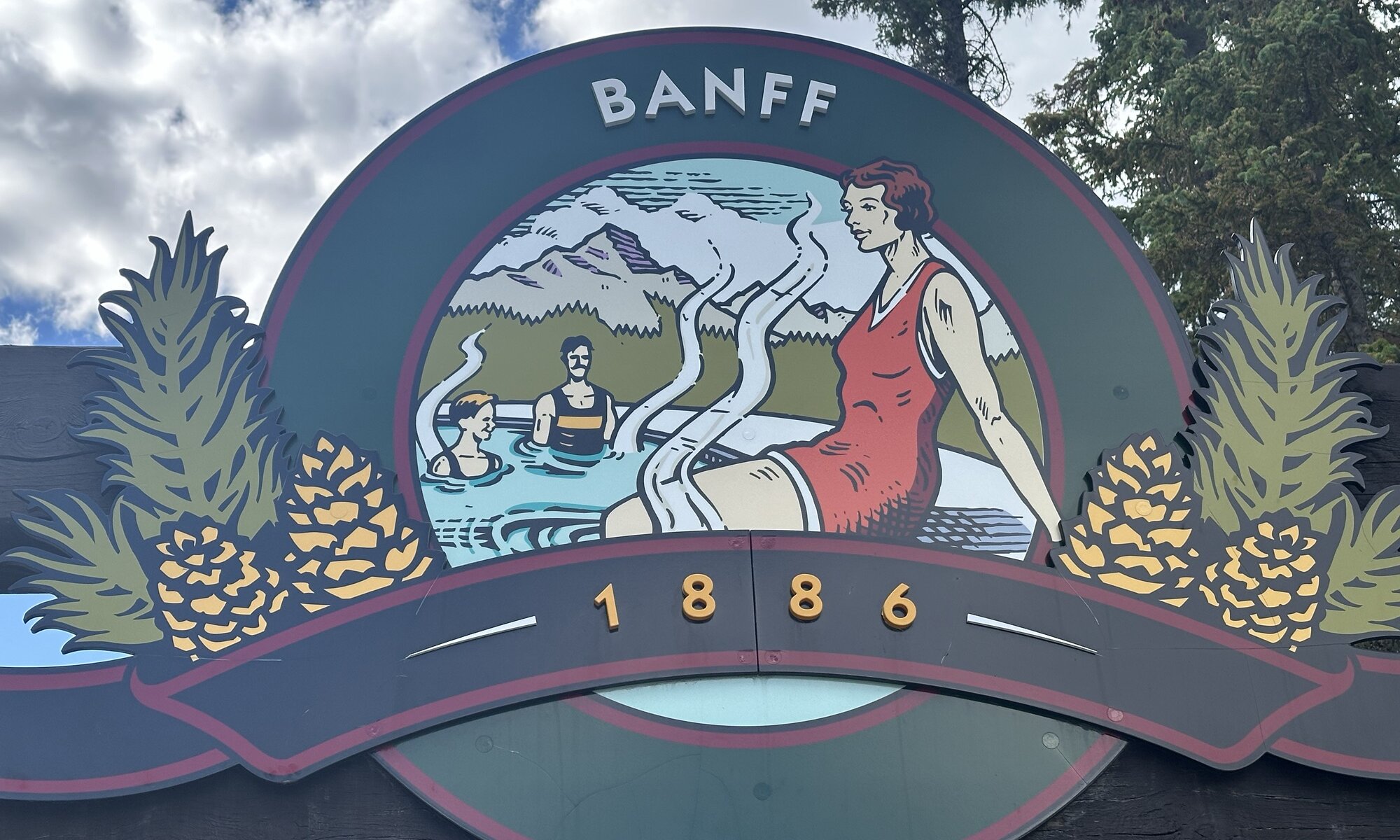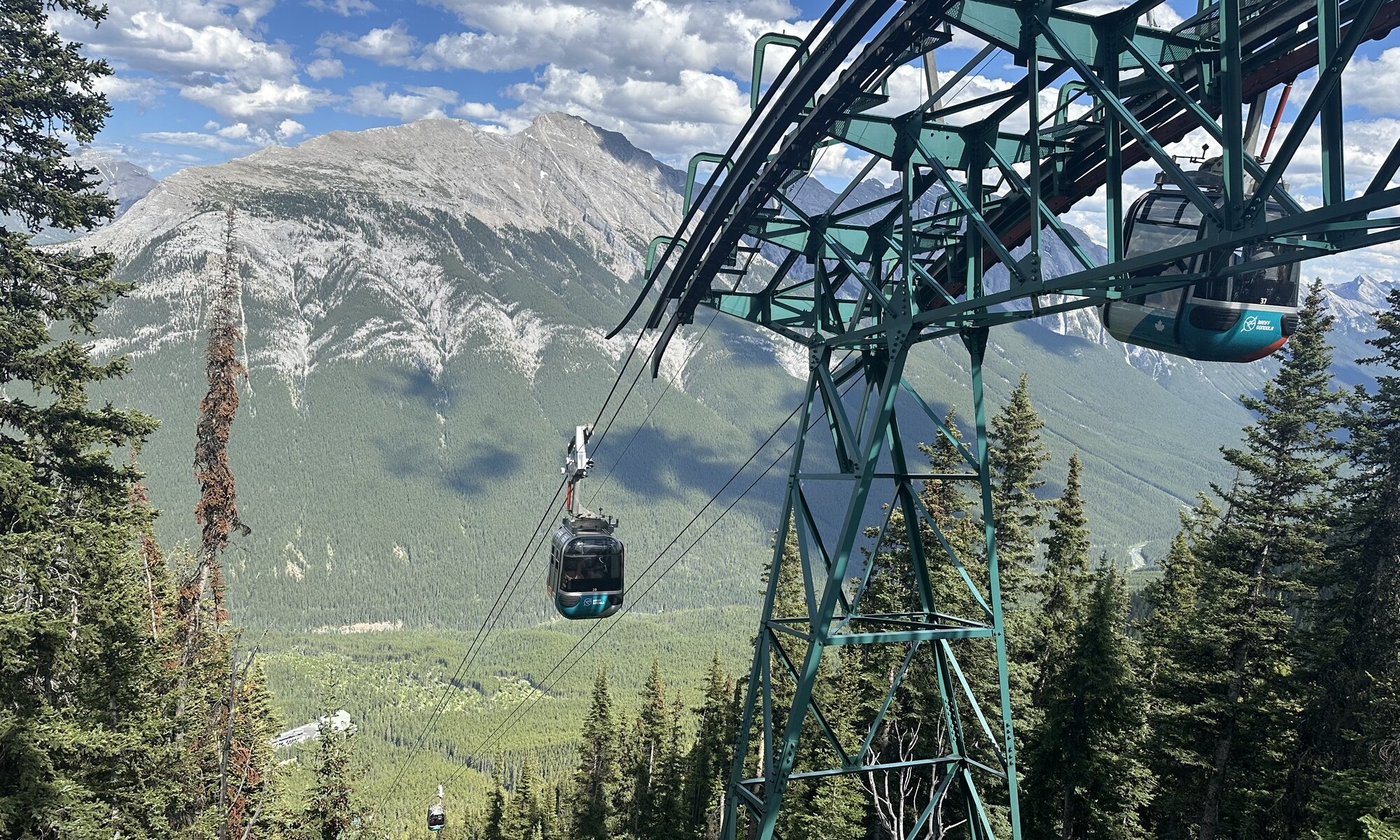Are you in the mood to search for unicorns? Then the Einhornhöhle near Scharzfeld might be the perfect destination for you. Researchers have come here for a very long time as the 700 meters long cave is filled to large extent with sediment that contains the bones of extinct animals like mammoths, cave bears and cave lions. In 1672 the physicist Otto von Guericke reported that he had found a unicorn there which motivated the famous mathematician Gottfried Wilhelm Leibniz to get there and to construct a unicorn from bones. It were in facht mammoth bones, but his reconstruction is now the logo of the cave and the name ‘unicorn cave‘ attracts a lot of visitors.
Continue reading “Einhornhöhle”O Canada
I hadn’t seen much of North America so far and never been to its western coastline, that was one of the very good reasons to visit Canada for the very first time. So far the country was linked in my head only to maple syrup, ice hockey and the fictive character Robin Scherbatsky from How I Met Your Mother. That was about to change but first I had to get a heavy jetlag caused by nine hours of time shift out of my head. My first stop was Vancouver where I had to discover some truth about my holiday location.
Continue reading “O Canada”YYC
The international airport of Calgary (YYC) is a middle-size airport located in the north of the city. It is a convenient airport with many seating options, good coffee bars and restaurants and the fastest security check I’ve ever experienced. YYC has four runways and transports 18 million passengers per year. Initially used for military purposes the first civilians were starting their flights here in 1946. Today not only Air Canada and North-American airlines use the airport; also KLM, Condor and Edelweiss Air are landing here.
Continue reading “YYC”Canadian history
Heritage Park Historical Village in Calgary is Canada’s largest living history museum, offering visitors an immersive journey through Western Canada’s past. Spanning 127 acres, the park features over 180 exhibits, including a working steam train, historical buildings, and costumed interpreters who bring history to life. Divided into distinct eras, the park showcases everything from 1860s fur trading posts to a 1930s town, allowing guests to experience what life was like for early settlers, Indigenous peoples, and railway pioneers.
Continue reading “Canadian history”The Hangar
The Hangar Flight Museum in Calgary is a fascinating destination dedicated to preserving and showcasing Canada’s rich aviation history. Housed in a historic Second World War-era drill hall, the museum features an impressive collection of civilian and military aircrafts, including vintage planes, helicopters, and artifacts that highlight the evolution of aviation in Canada.
Continue reading “The Hangar”Lake Louise
For many people they are key reasons to travel to the Canadian Rocky Mountains: Lake Louise and Moraine Lake are two of the most iconic and breathtaking destinations in Banff National Park, drawing visitors from around the world with their turquoise waters, dramatic mountain backdrops, and pristine alpine settings. Lake Louise, known as the ‘Jewel of the Rockies‘, is famous for its stunning color, which comes from glacial silt, as well as for the luxurious Fairmont Château Lake Louise that sits along its shoreline.
Continue reading “Lake Louise”Johnson lake
Johnson Lake is part of the Banff National Park and a serene and scenic spot known for its calm waters, sandy shoreline, and breathtaking mountain views. Just a short drive from Banff townsite, this picturesque lake offers a more tranquil alternative to the busier nearby lakes, making it a perfect destination for swimming, paddleboarding, kayaking, and picnicking in the summer. Probably that is also the reason why you can spot many locals here on weekends doing BBQs and sports.
Continue reading “Johnson lake”Solara
When the hotels at Banff are fully booked, travel agency typically find alternatives at Canmore which is just a 30 minutes drive on the Trans Canada Highway. The city has a nice city center squeezed into the space between Bow river and the highway and offers all you need for an overnight stay. At the southern end of the city you’ll find the Solara Resort which is a combination of three different hotels (Aurora, Bow, Chinook). Once you arrive get you hotel name, room number and door code (they don’t use keys) from the reception and park in the vast underground carpark.
Continue reading “Solara”Upper Hot Springs
The Banff Upper Hot Springs is a historic and relaxing destination nestled in the heart of Banff National Park, offering visitors the chance to soak in naturally heated, mineral-rich waters while enjoying breathtaking mountain views. The hot springs have been a popular attraction since their discovery in the 1880s, with Indigenous peoples long recognizing their healing properties. The temperature of the water varies seasonally, typically ranging between 37°C and 40°C, making it the perfect spot to unwind after a day of exploring the Rockies.
Continue reading “Upper Hot Springs”Gondola
The Banff Gondola offers a breathtaking ride to the summit of Sulphur Mountain, providing panoramic views of the Canadian Rockies, the town of Banff, and the Bow Valley. The gondola ascends 698 meters in just eight minutes, reaching a final elevation of 2,281 meters. At the summit, visitors can explore a series of boardwalks and viewing platforms, take in the stunning scenery, and visit the Sulphur Mountain Cosmic Ray Station, a National Historic Site.
Continue reading “Gondola”